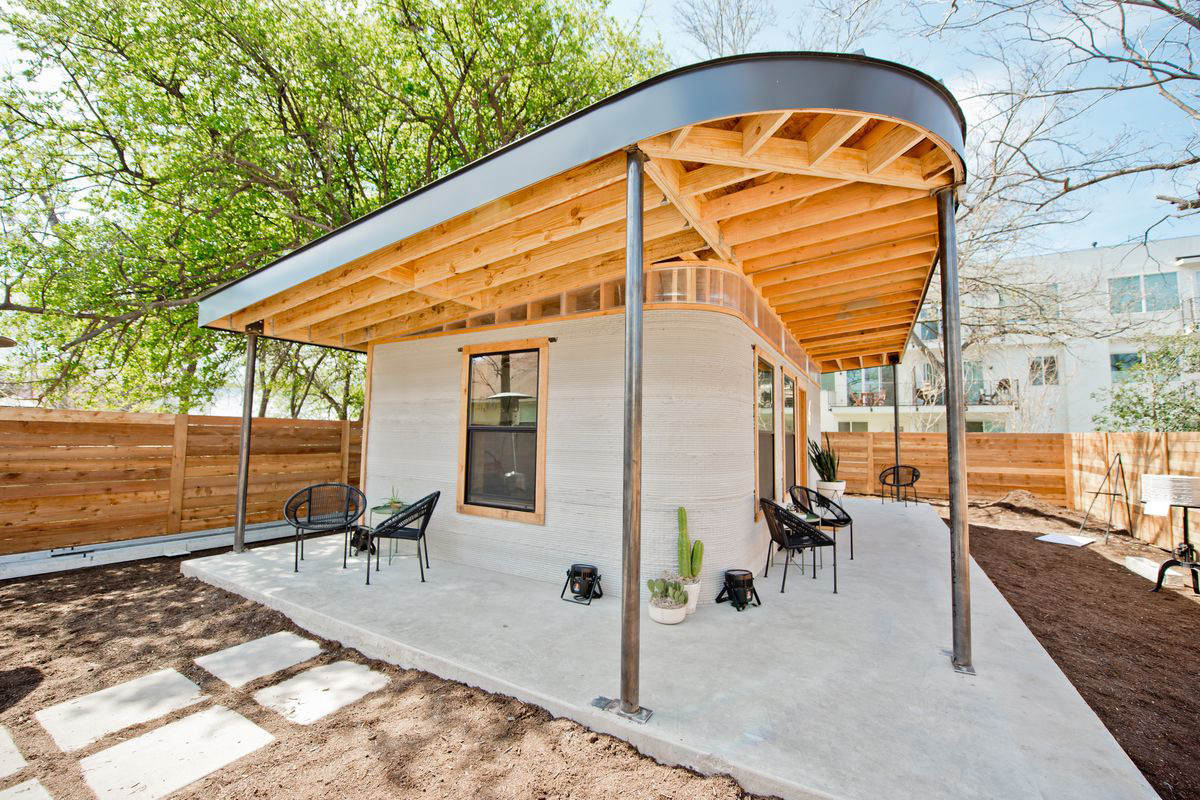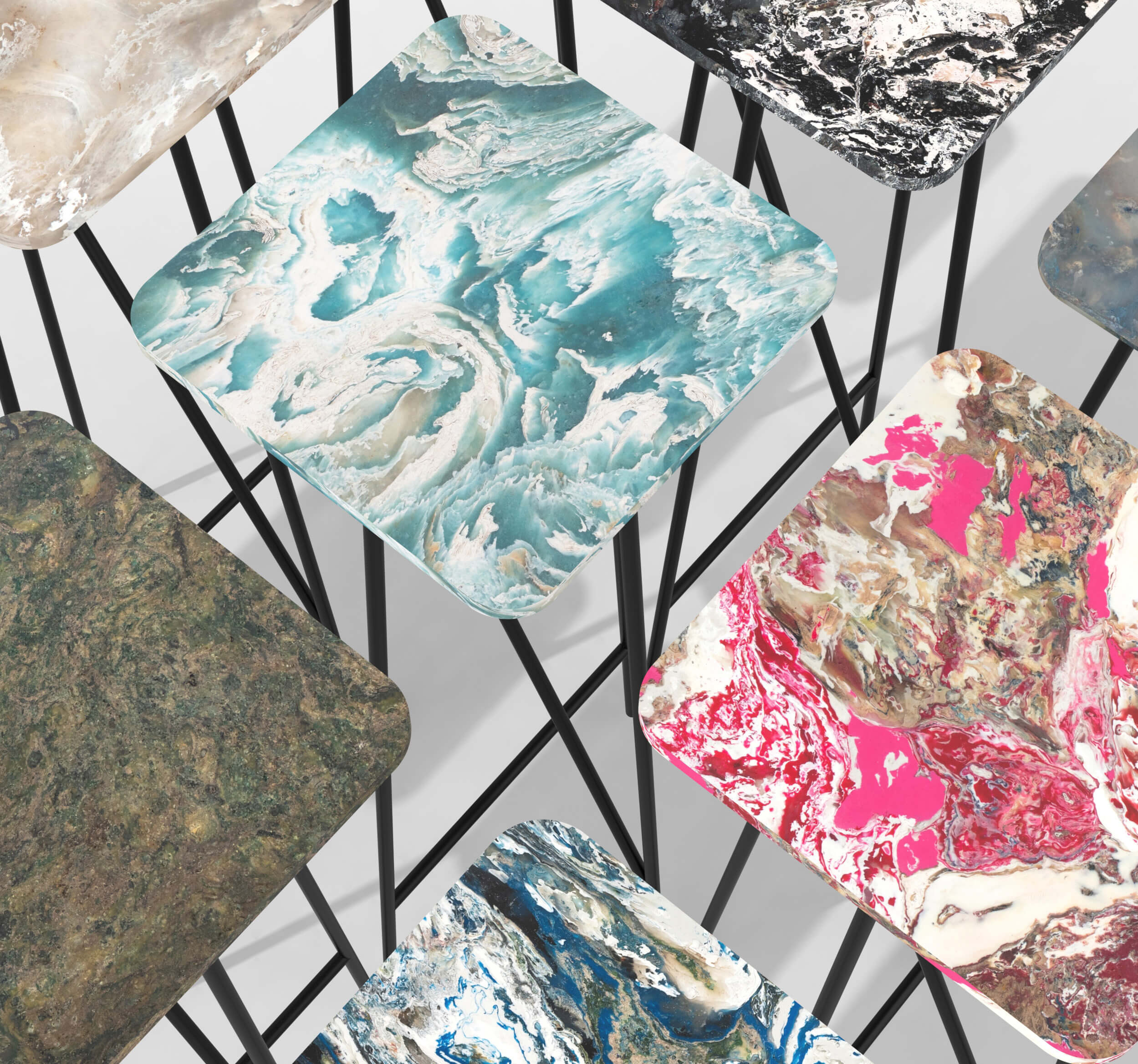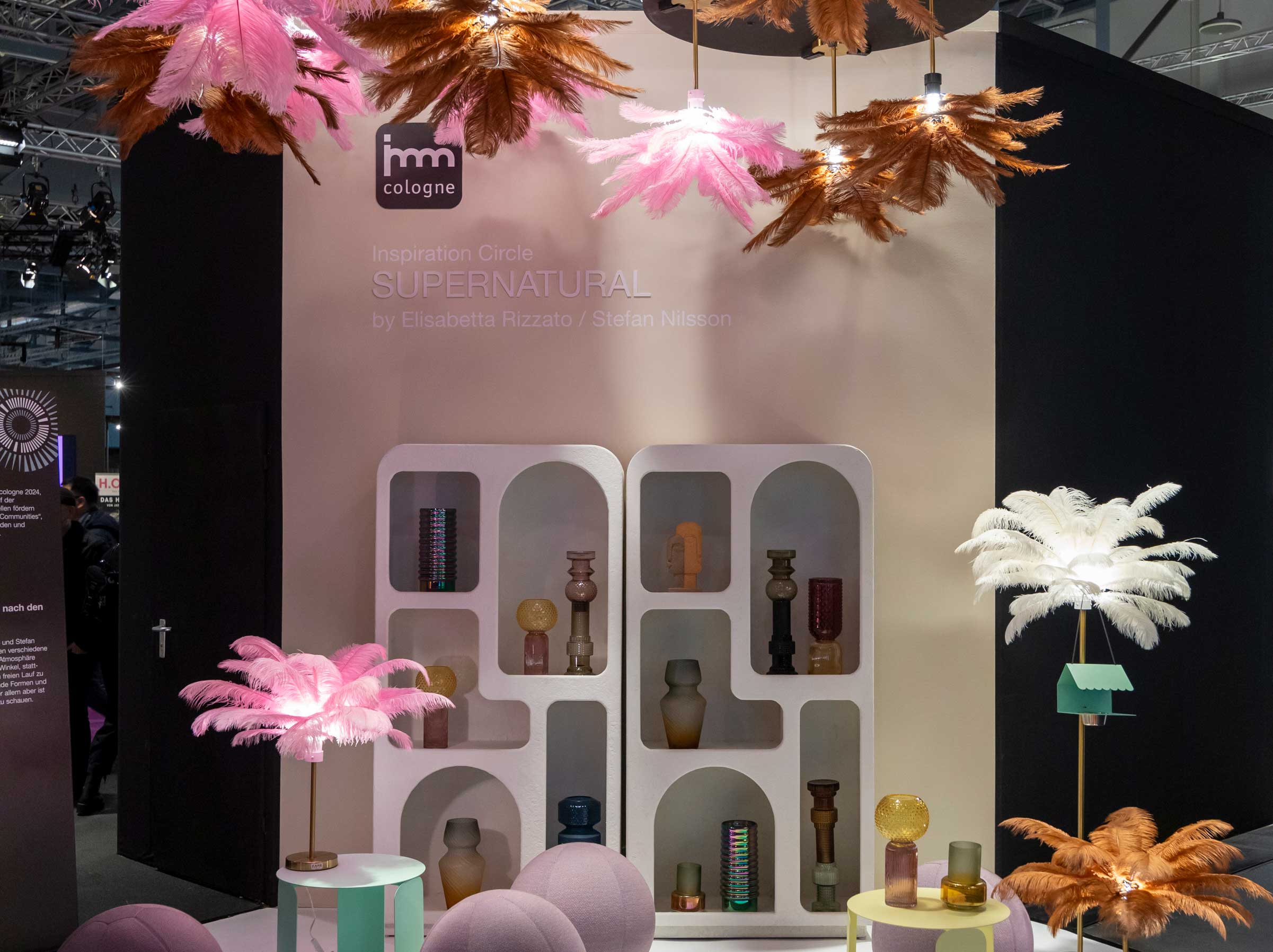3D Printed House Design for a Sustainable Future : discovering more about the latest 3d printing housing projects
In 2013, the former U.S. president Barack Obama claimed that 3D printing “has the potential to revolutionize the way we make almost everything.”
Now imagine how vast this revolution could be if we bring together 3D printing technology, a sustainable mindset and circular design principles. This revolution is in fact already taking place and impacting all sort of industries, including the construction industry.
In recent years several 3D printed houses, which are more sustainable, affordable and innovative, have been produced as researchers continue to develop and refine this technology.
We’ve chosen some great initiatives to walk you through the positive impacts that 3D printing can have on the environment, on the current global housing shortage and on creativity.

3d printed houses: Less waste, less environment harm
From design fairs to real life, experiences with 3D printed houses are emerging in various countries such as Italy, France, Netherlands, China, USA and UAE.
Last year during the Milan Design Week, we were super excited to visit the 3D Housing 05, designed by the architect Massimiliano Locatelli for Italcementi.
The house was built from concrete with a combination of cementitious powders, binders, and aggregates. Hence it could be demolished, pulverized, and reconstructed with the same material. The benefit of this construction process is a reduction of waste and concrete use. This in turn causes less CO2 emissions that originate from the cement produced for the concrete.
.
The first 3d printed home
Last year in France another 3D printed house was built using a similar construction process with less waste and less harm for the environment. This time, however, the house was built to be an actual home, thus making France the first country to have a family living in a 3D-printed house.
The house is a four-bedroom property, took 54 hours to be printed, with four more months for contractors to add windows, doors and roof. The building cost of around € 195.000 makes this house 20% cheaper than an identical construction using traditional solutions, according to Francky Trichet, French council’s lead on technology and innovation.
The 3D printing technology allowed the architects to build the French family house in a curved shape surrounding the 100-year-old protected trees. The curve not only helps to preserve the adjacent nature but it also improves the home air circulation, thus reducing potential humidity, improving thermal resistance and as result reducing energy consumption.
|| Take a tour at the French 3D printing house
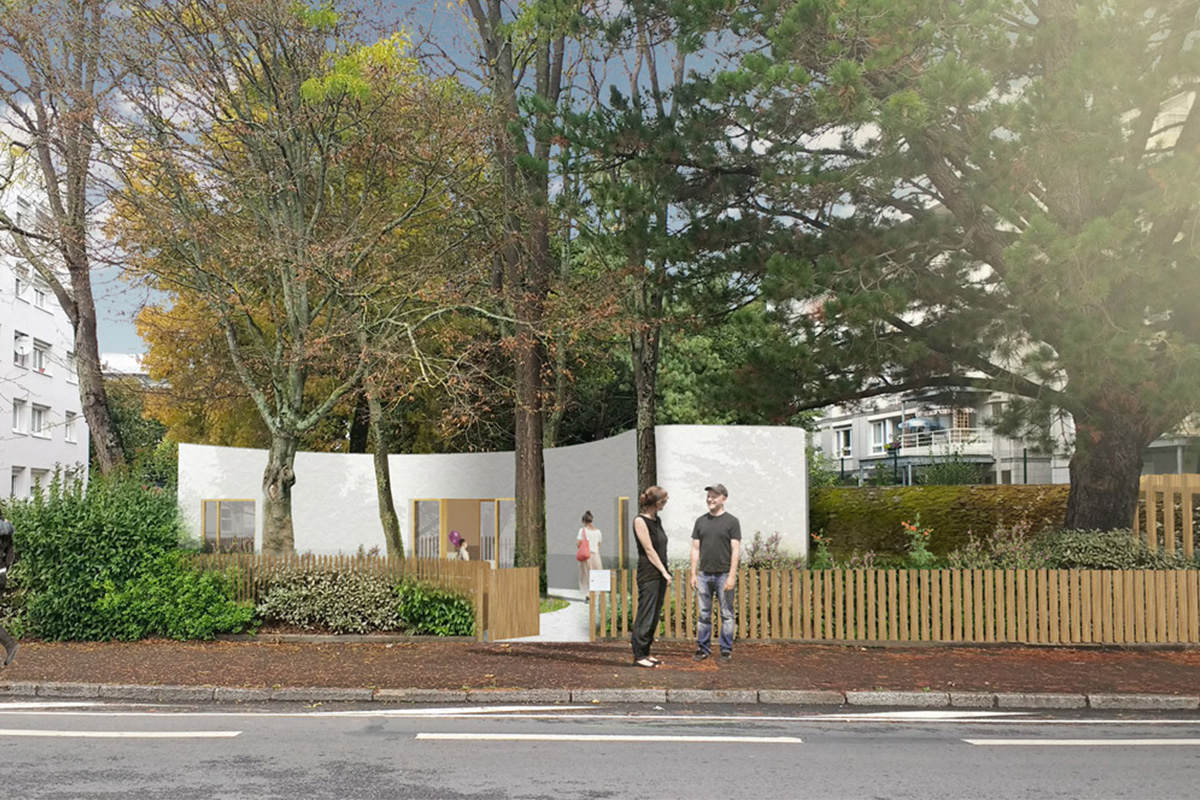

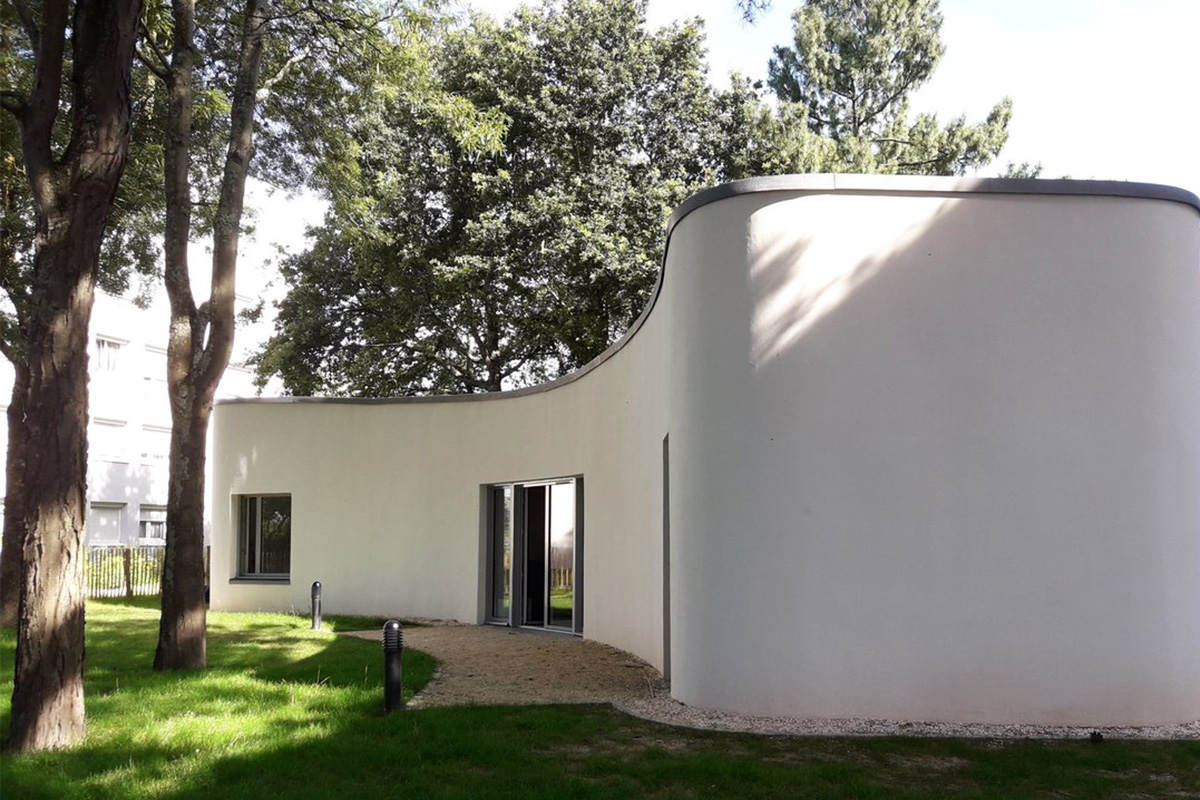
.
3d printed house technology: Less constraints, more creativity
Less constraints usually mean more creativity. The 3D printing technology is removing many constraints from the construction process and allowing architects to be much more creative.
In 2018, the Eindhoven University of Technology announced plans to 3D print a series of concrete houses that will be made available for rent. Local studio Houben & Van Mierlo Architecten is in charge of the design part of the project, named Project Milestone.
The project is the world’s first commercial housing project based on 3D-concrete printing.
The houses, which will be available for sale or let, will meet all the modern comfort needs. The residences will be produced one by one, in order to allow the team to learn from each house built. At the beginning the elements will be printed at the university, but the goal is to ultimately move all the construction processes to the building site. According to the team, the final house will be fully printed and assembled onsite.
The design of the houses has a very futuristic look and, according to the university, is “based on erratic blocks in a green landscape.” These irregular shapes can be made thanks to the ability of 3D-printing to construct almost any shape.
Rudy Van Gurp, manager of Van Wijnen – the construction company taking part in this project, told The Guardian that, although the current design is pretty innovative, they are already looking to take a step further where “people will be able to design their own homes and print them out.”
|| Take a look behind the scenes

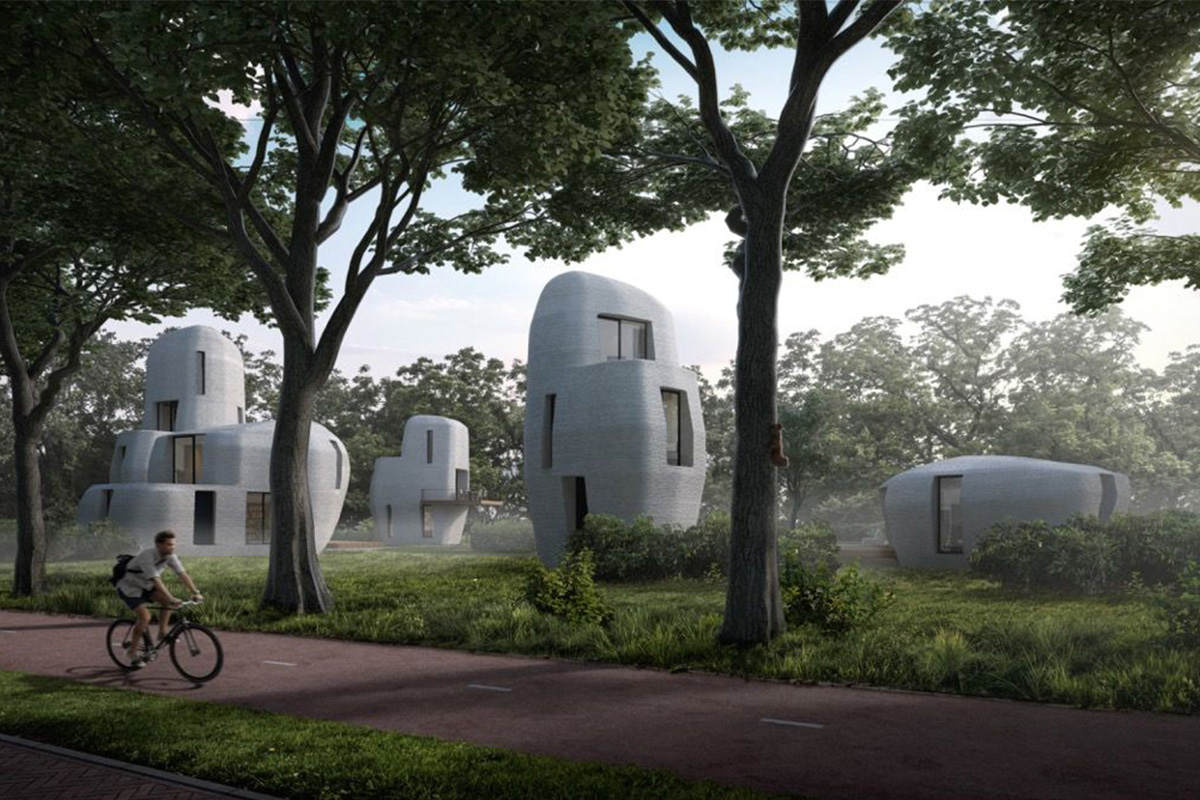
.
Re-imagining the future of human shelter
We live in times where a global housing crisis is preventing average people to afford a home and is causing more than one billion people to lack adequate accommodation.
In 2018, the American start-up Icon unveiled its first mobile 3D printer prototype called Vulcan I and printed a sustainable and affordable 3D house in Austin, Texas. With its commitment to reduce the global housing shortage, Icon is now working on the full scale production of Vulcan II, which will have the ability to print a single floor, 56 to 75 square meters home within 24 hours for less than $4,000.
The start-up has developed cutting-edge materials designed to function with nearly zero waste production methods and work under unpredictable constraints (limited water, power and labour infrastructure) in order to tackle housing shortages.
The plan for 2019 is to bring the Vulcan II printer to El Salvador and print a series of houses for the people in need. The start-up will team up with the American non-profit organization New Story in order to make this project happen.
||Be inspired by Icon + New Story
![]()
![]()
![]()
![]()
.
The homebuilding revolution is circular!
Homes have been built to have a lifecycle with a beginning, a middle and an end. This means that the construction industry majorly operates within the linear economy approach. There hasn’t been indeed a change in the paradigm of the construction process for the past 2000 years, according to Francky Trichet, Nantes city council’s lead on technology and innovation.
The 3D printing technology, associated with a sustainable mindset and circular design principles, is giving us an opportunity to re-think the homebuilding system where materials will not be wasted.
The ultimate goal in a circular economy is to have zero waste and this can be achieved by reversing the production cycle from linear to circular. One of the possible ways to do that for the construction industry is to give materials and components back to the manufacturers, to feed them back into the supply chain.
Although there is still a long way to go and many challenges ahead, the ability to build houses that can be demolished and reconstructed again with the same materials is a revolutionary step towards a circular economy.
We hope that the construction industry will embrace this revolution! After all, how amazing would it be to design and print our own sustainable homes?

